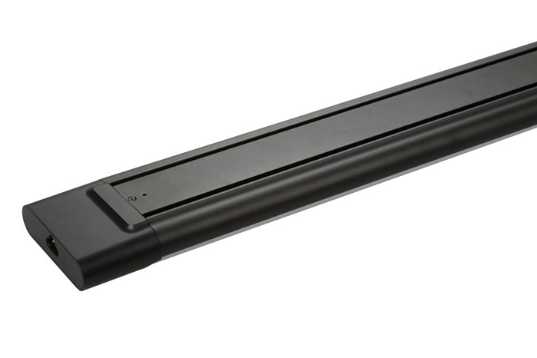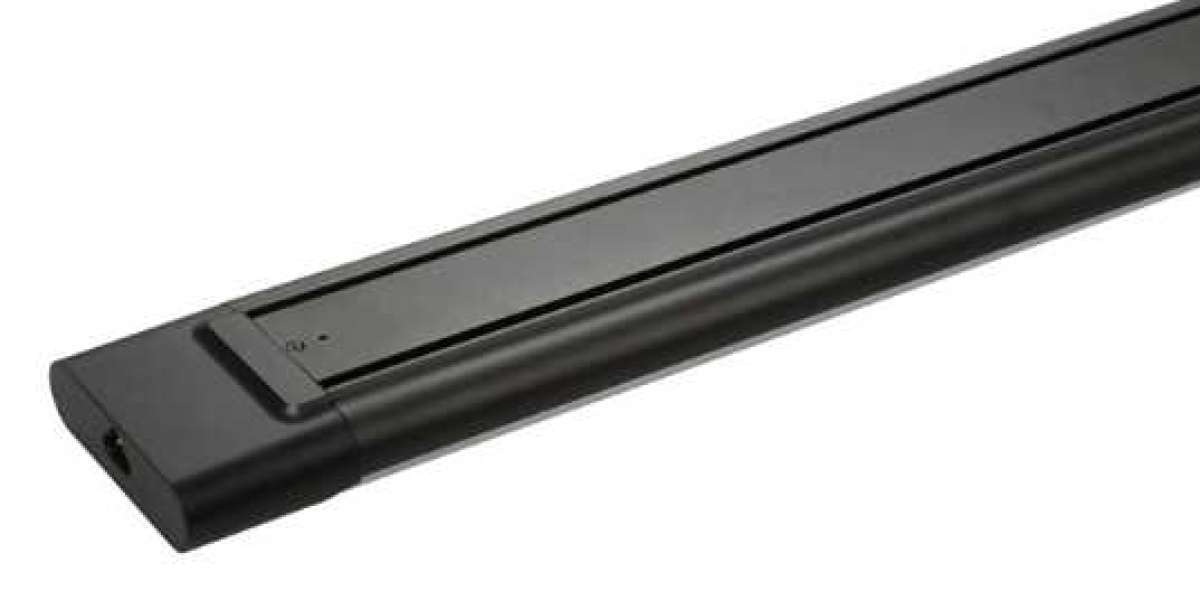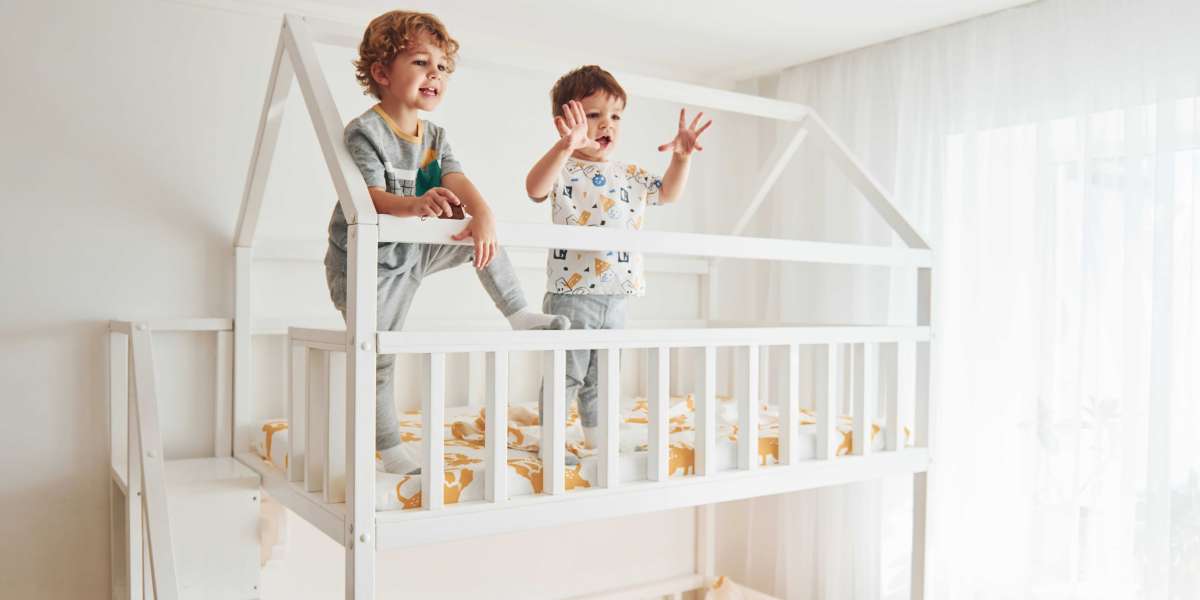When shopping for an LED batten, there are a few things you should keep in mind to make sure you get the model that best suits your requirements and preferences. LED battens are available in a wide variety of sizes, shapes, brightness levels, color temperatures, and other features; therefore, it is essential to take into consideration what you require in order to select the product that is most suitable for your needs. In this article, we will discuss the factors to consider when selecting an LED batten.
Dimensions Both the dimensions and the contours of the LED batten that you purchase ought to be suitable for your requirements.
These lights are offered in a selection of lengths, the shortest of which are shorter and the longest of which are longer. The most important step is to take measurements of the space in which you intend to install the LED batten, and then select a size that corresponds to those measurements.
Lumens are the unit of measurement for determining how bright an LED batten actually is.
There are many different models of LED battens, each with a variety of brightness levels to choose from depending on your needs. For the purpose of illumination in commercial or industrial settings like factories or warehouses, for instance, you may require LED batten light with a higher luminous flux than those utilized in domestic or professional settings. If you want to make sure that there is enough light in your setting, you should pick a model that has the right amount of brightness.
Temperature of Color: The term "temperature of color" refers to the appearance of the color of the light that is produced by the LED batten.
Warm white color temperature typically has an appearance that is more orange or yellow, whereas cool white color temperature has a brightness that is more bluish-white. The color temperature of daylight, on the other hand, is white and unoppressive, making it an excellent choice for use in commercial environments. When deciding which color temperature to go for, you should take into account the kind of environment you'll be in as well as your personal preferences.
LED battens are known for their efficiency, which can be determined by examining the amount of energy that they require to operate.
It is a good idea to look for LED batten light that have a low wattage option as well as intelligent dimming controls. Other options that contribute to energy efficiency include dimming controls. These kinds of options will assist in the management of energy costs and will extend the LED batten lights' lifespan.
Durability: An LED batten's reliability is one of the most important factors to consider when estimating how long it will remain operational.
Choose an LED batten that is made of high-quality materials that can withstand being worn and torn as well as the impact of being dropped. Because the light could be subjected to high levels of moisture or temperature, it is essential to search for models that are waterproof and resistant to shock in order to ensure that the LED batten will have a long lifespan.
It is safe to leave LED lights on overnight, right?
Yes, you can leave LED lights on all night, and doing so is generally considered to be safe for the lights themselves. LED lights are manufactured with heat dissipation mechanisms that are integrated into their designs. These mechanisms keep the lights from overheating and sustaining damage. Therefore, it is highly unlikely that there will be a problem if you leave them on for an extended period of time.
However, it is essential to be aware that even if LED lights are left on throughout the night, they will still consume electricity and contribute to the total cost of your monthly energy bill. Therefore, turning them off when they are not required is the best thing to do if you want to bring down the costs of your electricity bill.
In addition, the performance and longevity of LED lights can be negatively impacted if they are left on all night. LED lights have a longer lifespan compared to more conventional lighting options; however, the lifespan of an LED light is still limited. The more frequently they are utilized, the more rapidly they deteriorate. Because of this, turning them off when they are not required can help to ensure that they have a longer lifespan.
In addition to this, you need to ensure that your LED lights have been installed appropriately and that they have sufficient ventilation. They will not overheat as a result of this, which is a factor that can affect either their performance or their lifespan.
If you leave LED lights on all day, does it end up costing you a lot of money?
The wattage of the bulbs and the number of hours that the lights are turned on together determine the amount of money that is spent on electricity to power LED lighting. A typical LED light bulb will use between 6 and 10 watts of power per hour, on average, when it is operating. The total energy consumption will be 100 watts per hour if you leave 10 LED lights on all day long, each of which consumes 10 watts per hour of power. This indicates that the total amount of energy that will be consumed over the course of a day will be 2.4 kilowatt-hours (kWh), which, in the majority of regions, will cost only a few cents per day.
However, it is essential to be aware that despite the fact that LED lights have a low energy consumption, leaving them on continuously throughout the day can still result in an increase in the amount of electricity used as well as higher costs. As a result, turning off LED lights when they are not in use is strongly suggested for the purposes of conserving energy and cutting down on operating costs.
In addition, turning off LED lights when they are not being utilized could help to extend their lifespan, which in turn could help to save money over the long run by reducing the frequency with which replacement bulbs are required.







